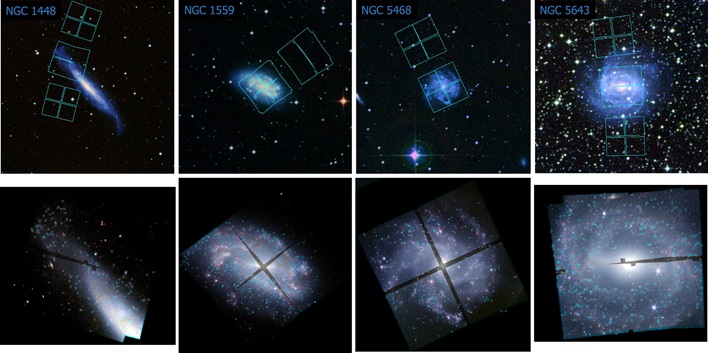Webb And Hubble Agree On Universe’s Expansion Rate Leaving NASA Utterly Stumped
A research team led by physicist Adam Riess of Johns Hopkins University used Hubble data and new observations from Webb to confirm that prior measurements were correct after years of debate. The conundrum that this new evidence presents, however, is that scientists have possibly been getting it all wrong.
“With measurement errors negated, what remains is the real and exciting possibility we have misunderstood the universe,” explained Riess. Riess is a Nobel Prize winner who co-discovered the fact that the universe’s expansion is accelerating, because of a phenomenon called “dark energy.”

“We’ve now spanned the whole range of what Hubble observed, and we can rule out a measurement error as the cause of the Hubble Tension with very high confidence,” remarked Riess.

Riess remarked, “Combining Webb and Hubble gives us the best of both worlds. We find that the Hubble measurements remain reliable as we climb farther along the cosmic distance ladder.”
There is still a puzzle left to figure out, however. While the distance ladder observed by Hubble and Webb has “firmly set an anchor point on one shoreline of a river,” the afterglow of the big bang observed by ESA’s Planck’s measurement from the beginning of the universe is firmly set on the other side. The question left to be answered is how the universe’s expansion was changing in the billions of years between the two endpoints.
Riess explains, “We need to find out if we are missing something on how to connect the beginning of the universe and the present day.”

